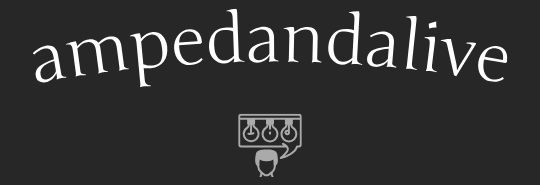Creating Perceived Value For Events
One of the most often overlooked aspects for most organizations when it comes to planning their events is creating perceived value. As a professional negotiator and event planner, with over thirty years experience organizing, negotiating and planning events, I have repeatedly urged organizations to consider the value that is perceived by attendees and potential attendees.
1. The process begins at the negotiations stage. Organizations must clearly understand and identify what they wish to achieve from their events, and create a realistic budget from the onset. It is generally a good idea for an organization that provides food and beverage as part of the event to begin this negotiating process as far in advance as possible, and to understand flexibility pricing when it comes to food and beverage. Some factors involved in the concept of flexibility pricing include coming up with a method or methods to think outside the box, and reduce costs to the venue, that can then be passed along to the organization. Some items to consider include room setup, menu, etc., and being adaptable enough to give venue a savings while not sacrificing any important factor for the group. A professional negotiated prepares his request for proposal (RFP) in such a way as to encompass as many items as can be predetermined, so there are as few “surprises” as possible down the line, including not only food and beverage, but audio visuals, meeting rooms, amenities for attendees, etc.
2. In preparing the flow sheet (or schedule) for the event, an organization should “fill it up” with things to whet the appetite of potential attendees. Free items that many groups offer include walking tours, complimentary tickets, discount coupons, discount offers, free exercise and/ or walks, etc. Groups should understand that this flow sheet is important not only to the organizing committee to enhance their effectiveness and efficiency, but also to be used as a pre- event marketing piece.
3. Event organizers must “sell” the event. This includes not only paid marketing (which can be extremely costly and therefore sometimes not feasible) but also taking advantage of free marketing including email, E- blasts, using social media, dropping handwritten notes, making telephone calls, and face- to- face encouragement. Those responsible for marketing should create a list of the principal features that differentiate this event, including its purpose, the valuable inclusions, hotel room rate (if an attractive one has been negotiated), any special events and/ or programs within the event, etc.
Those planning events must understand that what is actually spent on the event is often less important in terms of attracting and pleasing attendees than those individual’s perceptions. For example, while decorations are often gorgeous, they are also often expensive, and the perception of what decorations add to the event is often less than the quality of the food. I have observed many conference organizers, for example, that overly emphasize minute details of a particular function, where there would be more perceived value if more “freebies” were included. The reality of event planning is that diehards will attend almost anything, while even they might “resent” being “ripped off,” but most others need the additional prodding of perceived value to encourage their participation and attendance.
